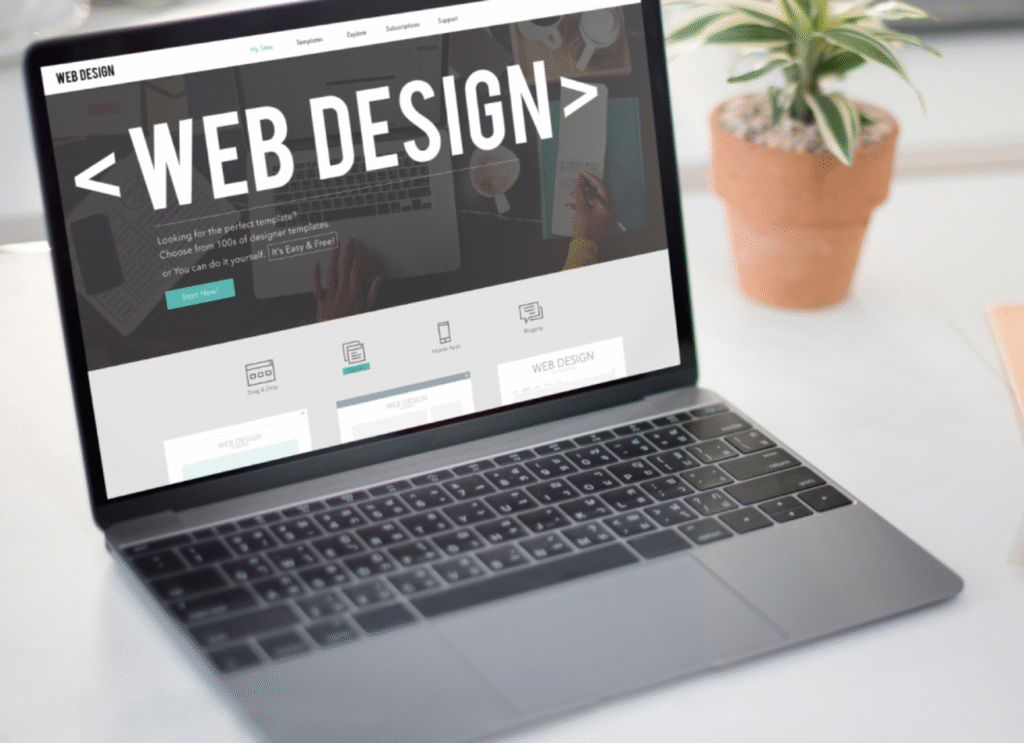Why Add Custom Code to Shopify?
Custom code allows you to extend your Shopify store beyond the limitations of themes and apps. Whether you want to add custom styling, integrate third-party tools, or create unique functionality, custom code gives you complete control over your store’s appearance and behavior.
Essential Safety Steps Before Adding Custom Code
1. Create a Complete Theme Backup
Before making any changes, always duplicate your current theme. In your Shopify admin, go to the online store > themes, click on the three dots next to your active theme, and choose duplicate. This creates a safety net that you can restore if any issues arise.
2. Use a Development Theme
Avoid modifying your live theme while it is active. Instead, focus on refining your duplicated theme and previewing the changes before finalizing and publishing. This prevents customers from encountering broken code or unfinished modifications.
3. Test in Multiple Browsers
JavaScript code may perform differently among various web browsers. Verify the changes made in chrome, firefox, safari, and edge to guarantee consistent functionality across all platforms.
Where to Add Custom Code in the Shopify
theme.liquid File
The main template file is where you can add global CSS, JavaScript, and HTML that affects every page of your store.
Individual Template Files
Product, collection, and page templates, where you can add specific functionality for different page types.
Snippets Folder
Reusable code blocks that can be included across multiple templates.
Assets Folder
Custom CSS and JavaScript files that keep your code organized and maintainable.
Step-by-Step Guide to Adding Custom Code
Working with Theme Files
- Navigate to Online Store > Themes > Actions > Edit Code
- Locate the appropriate file for your modification (theme files, templates, or snippets)
- Make your changes carefully, following Shopify’s file structure
- Save and preview your modifications before publishing
Pro Tip: Always work systematically and make one change at a time to easily identify any issues.
Adding Tracking and Analytics
- Access your theme’s main template file
- Insert tracking codes in the appropriate sections
- Configure your analytics tools to match your store’s setup
- Test to ensure data is being collected properly
Customizing Store Appearance
- Identify the template files that control the areas you want to modify
- Make visual and functional changes while maintaining your brand consistency
- Ensure all modifications work seamlessly with your existing theme
- Preview changes across different devices and browsers
Popular Custom Code Applications
Analytics and Tracking Integration
Adding Google Analytics, Facebook Pixel, or other tracking codes helps you monitor visitor behavior and measure marketing campaign effectiveness.
Custom Product Badges and Labels
Create eye-catching “Sale,” “New,” or “Limited Edition” badges that appear on product images to drive customer attention and increase conversions.
Enhanced Product Pages
Add custom sections like size guides, shipping calculators, or product comparison tools to improve the shopping experience.
Social Media Integration
Embed Instagram feeds, customer review widgets, or social sharing buttons to build trust and encourage engagement.
Best Practices for Shopify Custom Code
Use Clear Documentation
Document your custom modifications with clear notes explaining what each change does. This helps with future maintenance and troubleshooting.
Follow Shopify Guidelines
Adhere to Shopify’s best practices and coding standards to ensure compatibility with theme updates and platform changes.
Optimize for Performance
Ensure your custom modifications don’t slow down your store. Keep additions lightweight and efficient to maintain fast loading times.
Maintain Mobile Compatibility
Test all customizations across different devices and screen sizes. Mobile optimization is crucial for user experience and SEO rankings.
Troubleshooting Common Issues
Changes Not Appearing
- Verify file paths and ensure modifications are saved properly
- Confirm you’re editing the correct theme version
- Clear browser cache and refresh the page
Broken Store Layout
- Review potential conflicts with existing theme elements
- Check for incomplete modifications or missing components
- Validate your changes using Shopify’s theme inspector
Functionality Issues
- Use browser developer tools to identify problems
- Ensure proper integration with existing store features
- Check for conflicts with apps and existing customizations
When to Consider Professional Help
While some modifications can be safely carried out by store owners, more complex changes involving payment processing, checkout customization, or advanced features may necessitate the assistance of a Shopify developer. Seek Advice from a Specialist if:
- You’re uncomfortable with code
- The modification involves sensitive store functions
- You need custom app development
- The changes are business-critical
Maintaining Your Custom Code
Regular Backups
Establish a routine of creating backup themes, particularly before making updates to Shopify or when introducing new code.
Document Changes
Maintain a detailed log of all custom modifications made to the vehicle, as it will serve as a valuable resource for future reference and problem-solving.
Test After Updates
Theme updates can sometimes override custom code. Always test your store after applying updates.
Conclusion
Incorporating personalized code into your Shopify store doesn’t have to be a daunting task. By adhering to safety protocols, conducting thorough testing, and identifying the appropriate areas and methods for customization, you can successfully modify your store to align with your unique requirements.
It is crucial to regularly back up your theme, work on development versions, and thoroughly test before implementing any changes live. By implementing these practices, you can effectively improve your Shopify store with custom code, ensuring its security and functionality.
Begin with basic changes, and gradually progress to more intricate modifications as you become more comfortable and knowledgeable about Shopify’s coding framework.
Need expert help with Shopify customization?
Contact us at support@nexaeagle.com to schedule a free consultation and discover how our Shopify experts can help you implement custom code safely, efficiently, and without the stress.


